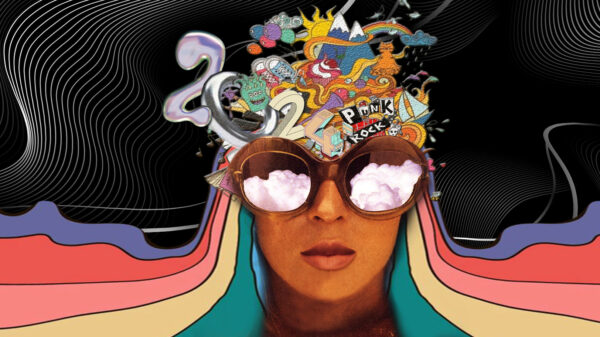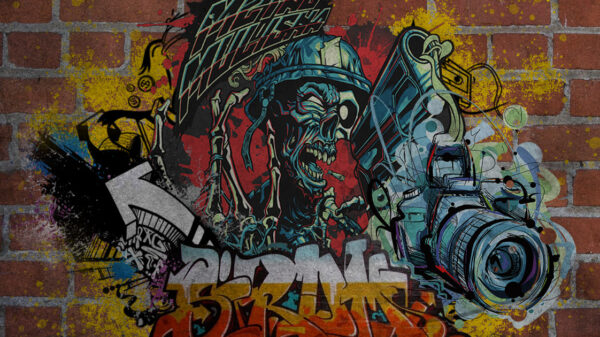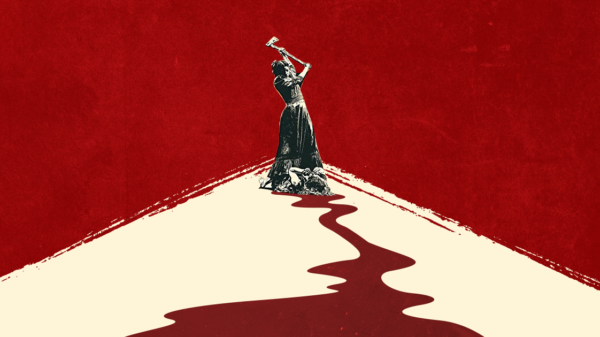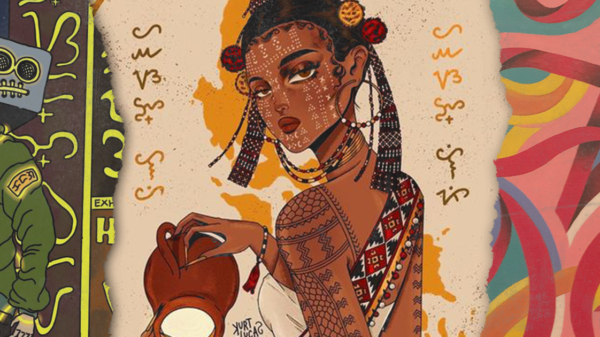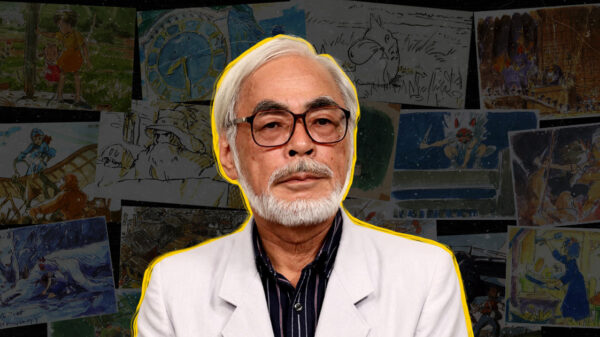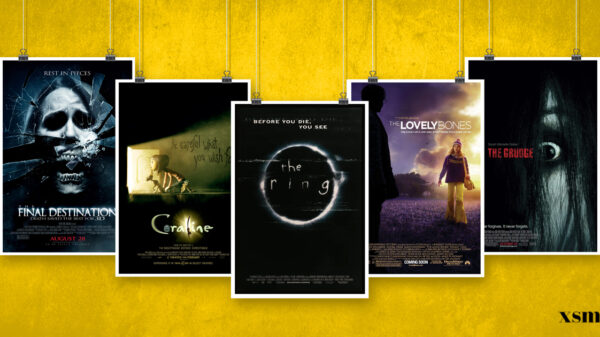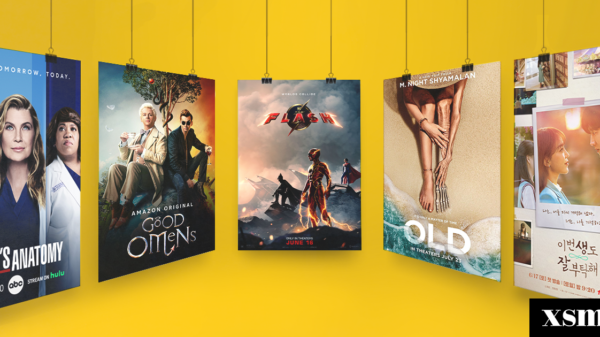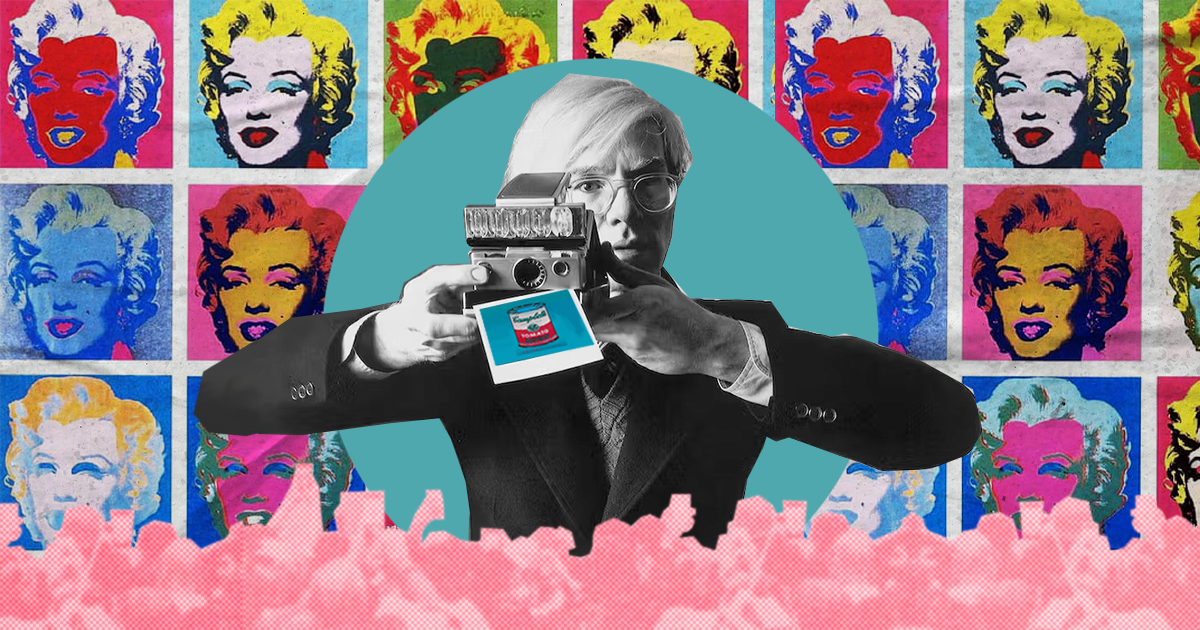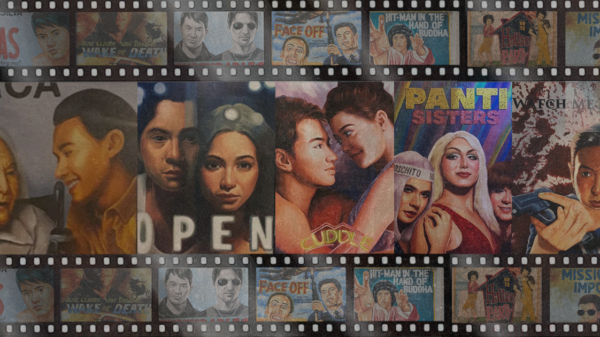Ever wonder how art progress with pop culture?
Andy Warhol was an American artist, filmmaker, and leader of the Pop Art movement. Warhol’s works span various mediums, including painting, drawing, printmaking, sculpture, film, and music. Warhol is considered one of the two (with Picasso) most influential artists of the 20th century. Period.

He gained prominence in the 1960s for his unique approach to art, which incorporated elements of popular culture and consumerism. Warhol was known for his vibrant silk-screened prints of iconic images such as Campbell’s Soup cans, Coca-Cola bottles, Marilyn Monroe, and Elvis Presley. He often repeated these images in his works, highlighting the repetitive nature of mass production and consumer culture.
HIS EARLY LIFE
During his childhood, Warhol showed an early interest in art and drawing. He suffered from a rare skin condition called St. Vitus’ Dance, which caused him to be bedridden for extended periods. This condition led him to focus on activities such as drawing and collecting pictures.

In 1945, Warhol enrolled at the Carnegie Institute of Technology (now Carnegie Mellon University) in Pittsburgh, where he studied pictorial design. He graduated with a Bachelor of Fine Arts degree in 1949. After completing his education, Warhol moved to New York City in 1949, aspiring to pursue a career as a commercial artist. He initially worked as a window display designer for various department stores, including Bonwit Teller and I. Miller. In the 1950s, Warhol established himself as a successful commercial illustrator. He worked for several high-profile clients, including Vogue, Glamour, Harper’s Bazaar, and The New Yorker. During this time, he developed a distinctive style characterized by clean lines and bold colors.
WHAT MAKES HIM ANDY WARHOL?
The Pop Art Movement
Without a doubt, Andy Warhol is the most important person in Pop Art and is to blame for its emergence. With a satirical undertone of its shallowness, he used the post-’50s fascination with commercialism, Hollywood, and consumer goods and transformed commonplace figures and things from American popular culture into some of today’s most recognizable Pop Art works. Warhol was able to take an aesthetic stance toward people and things that represented the post-war socio-cultural realities of the moment and objectify them to an extreme on his canvases thanks to his own grasp of fame, celebrity culture, and the advent of the media. The art world was permanently impacted by Warhol’s edgy, straightforward, and vibrant interpretations of everyday items and Hollywood icons. These include the Marilyn Diptych, the Campbell’s soup can, and the Brillo box.
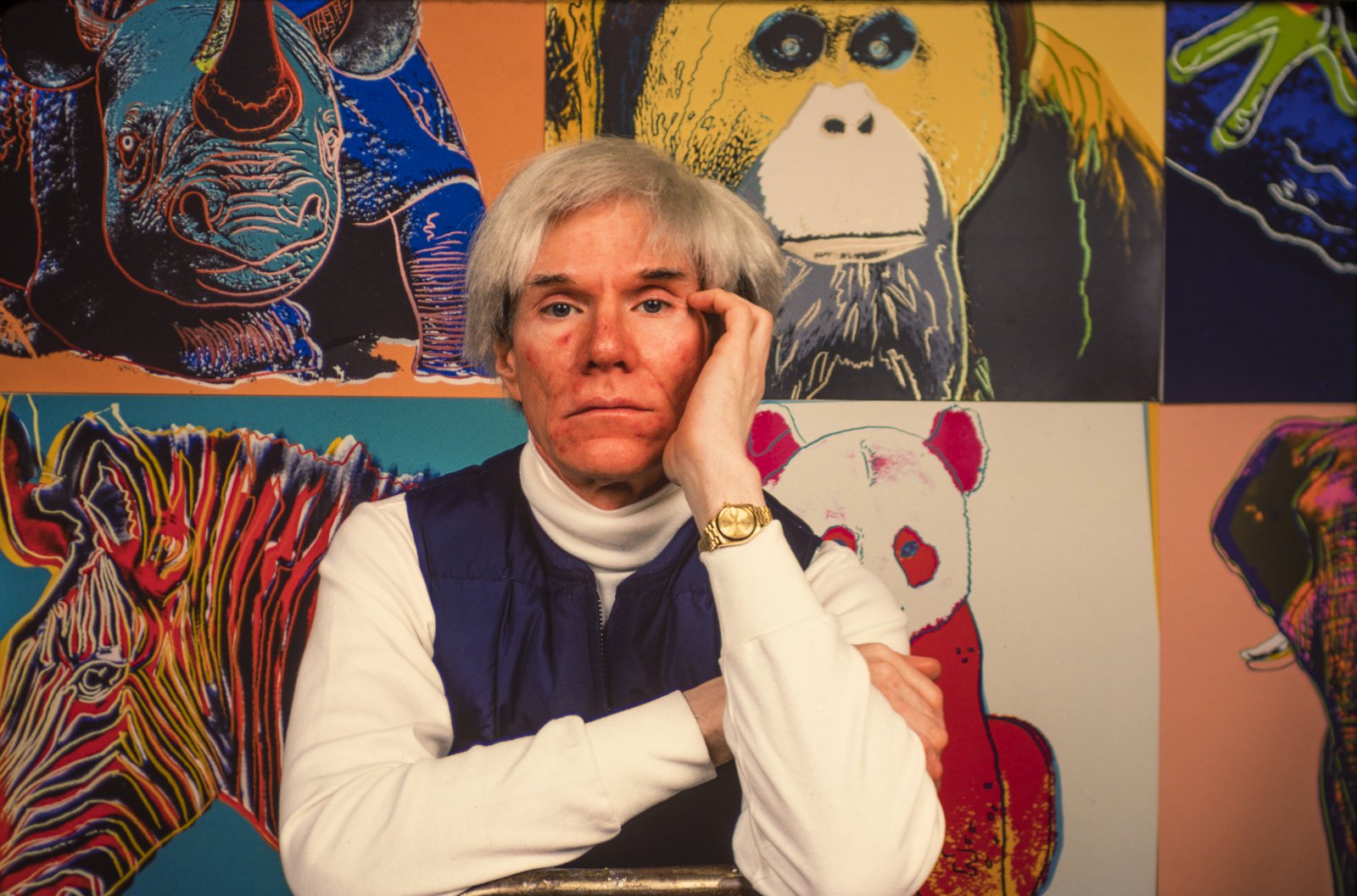
He redefined what it meant to be an “artist.”
Andy Warhol used a variety of media to communicate his art. He was one of the first to develop the groundbreaking idea of “The Factory” in the field of art production. Everyone referred to Andy Warhol’s studio as “The Factory” and still does. The Factory was groundbreaking because it brought creative people together and gave them the chance to work together to create art that still has an impact on society today. By cooperating, people were executing Andy Warhol’s instructions. Using this technique, he altered what it meant to be an artist by cognitively connecting the finished product to the artist rather than necessarily having a physical connection; in other words, by redefining the artist as “the designer.”

The earliest and “original” factory was situated on the fifth floor of 231 East 47th Street in Manhattan, New York City, although it has moved about throughout the years. The Factory immediately rose to the top of the list of destinations for many celebrities and enthusiasts of the arts, entertainment, and creativity. It is known that artists like Mick Jagger and Bob Dylan have spent time in this lofty setting.
The Warhol Technique
The art form of silk-screening gained popularity thanks to Andy Warhol. With this technique, the same image is produced more than once, making it quick and simple to create several colored variations of the image. His use of Polaroid cameras and overhead projectors is among his other ground-breaking methods. He influenced how people thought about fame.
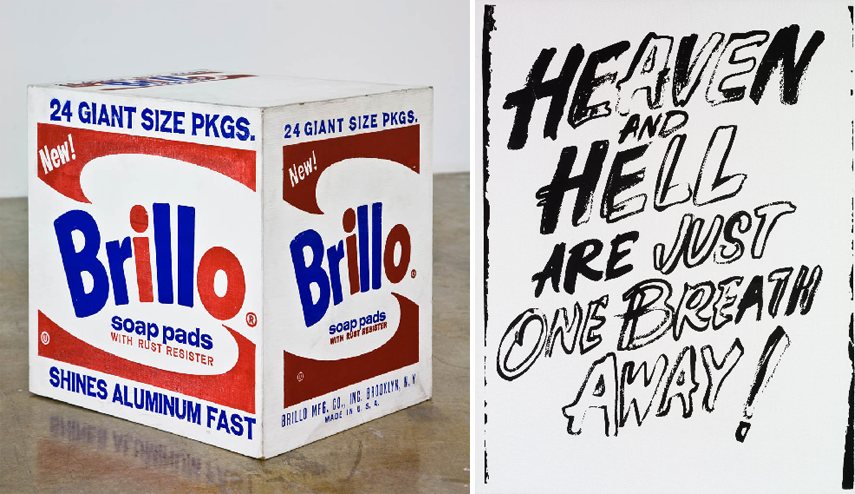
The idea of “15 minutes of fame” is probably recognizable to everyone. Many of you may not be aware that Andy Warhol, who once predicted that everyone will experience 15 minutes of global fame, is the originator of the idiom. In a sense, Warhol foresaw the media and celebrity culture of the twenty-first century, when “stars” come and go quickly and where anyone may become well-known for their appearance or persona without necessarily possessing a special aptitude. Warhol recognized that as media became more and more present and significant, people would soon start projecting images of themselves that would occasionally come to represent everything about them. One of the first examples of a “It girl” was Edie Sedgwick, who was an Andy Warhol project. Sienna Miller plays the role of Edie Sedgwick in the film “Factory Girl,” which chronicles her spectacular climb to fame and devastating demise.
Art as a diary
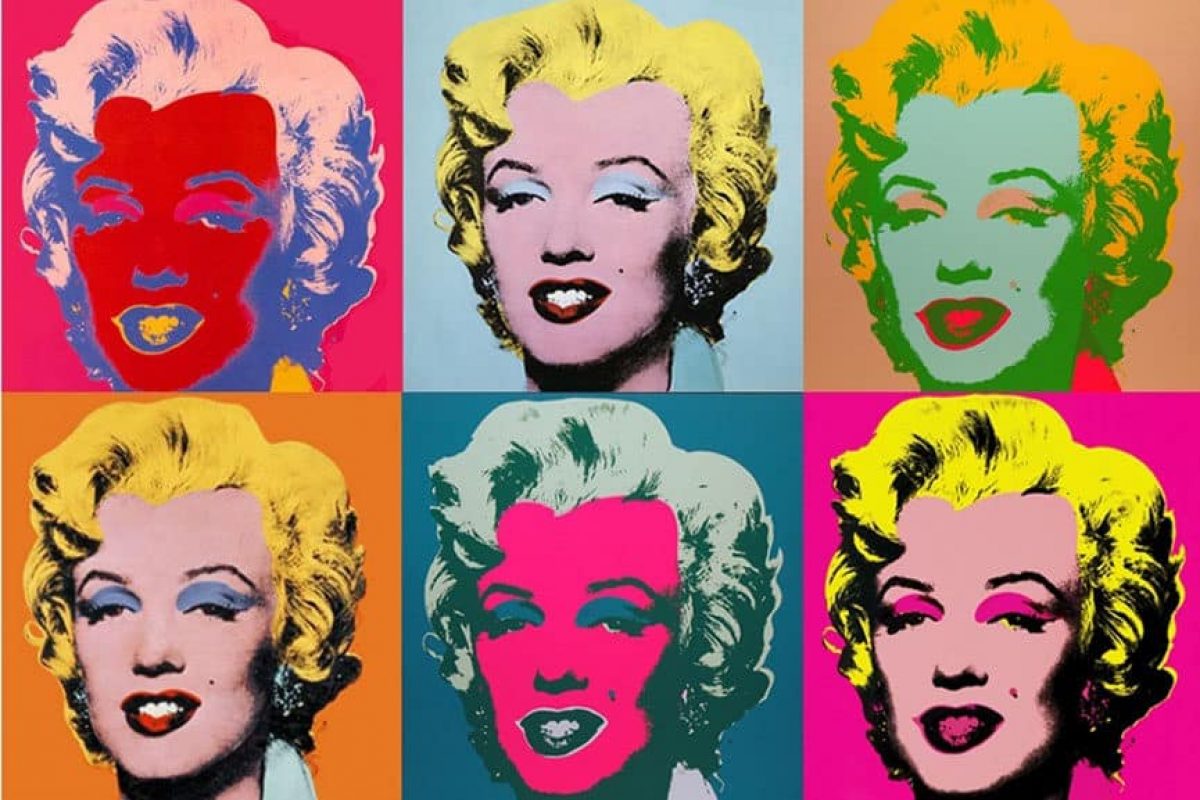
The most significant events of the time can be seen in Warhol’s artwork. His “chronicle” of artworks includes works that were influenced by events like the passing of Marilyn Monroe, the last electric chair executions, post-Hiroshima occurrences, and Red China. Through his personal lens, Andy Warhol “documented” the events that mattered most to people at the time, which had a big impact on many artists in the future.










